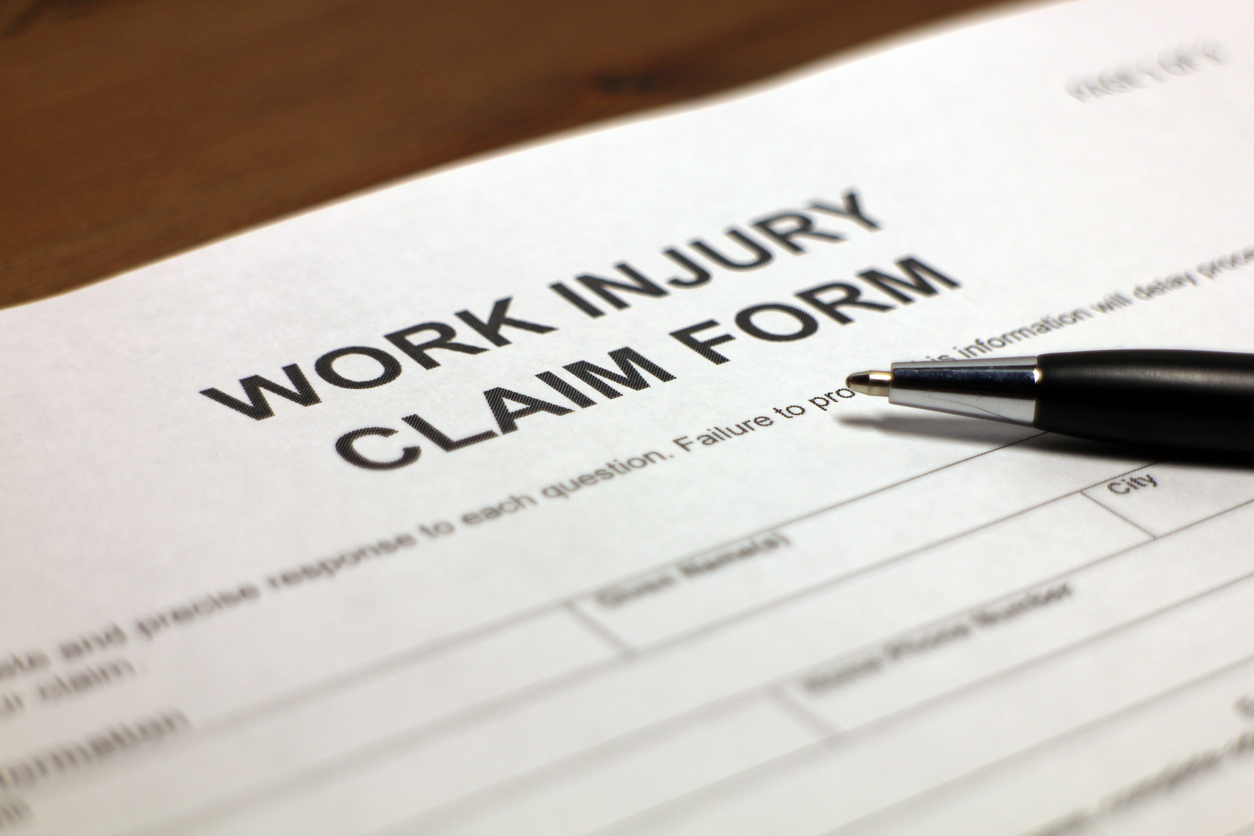A new Workers Compensation Research Institute (WCRI) study, Time to First Medical Service—A WCRI FlashReport, examines the time from injury to first medical service among injured workers across states before and after the COVID-19 pandemic. Time to first service provides insights for the understanding of access to medical care for workers with injuries.
“Stakeholders in workers’ compensation systems have asked whether the length of time for an injured worker to receive their first medical service changed during the COVID-19 pandemic. This report discusses the changes in time to first medical treatment for different types of services in 2020 and 2021, the first two years of the pandemic, relative to the pre-pandemic years,” said Ramona Tanabe, president and CEO of WCRI.
The focus of the analysis is on the median number of days from injury to first medical service by major type of provider (such as physicians, physical/occupational therapists, and hospitals); type of service, including emergency department visits, office visits, surgery, and physical medicine; and injury category, such as fractures, neurologic spine pain, and sprains and strains.
The following are some questions the study addresses:
- How long did it take after the day of injury for a worker to visit the emergency department or have an office visit?
- During the COVID-19 pandemic, did workers with injuries experience any delays in those early services?
- How did time to first surgery change during the pandemic?
This report includes 17 states and covers the period from 2016 through 2021, with claims experience through March 2022, including non-COVID-19 claims from the first and second years of the COVID-19 pandemic (March 2020 through September 2021). We focus on claims with more than seven days of lost time and 12 months of experience.
Click here for more information about this report or to download a copy. The report was authored by Rebecca Yang, Karen Rothkin, and Roman Dolinschi.













